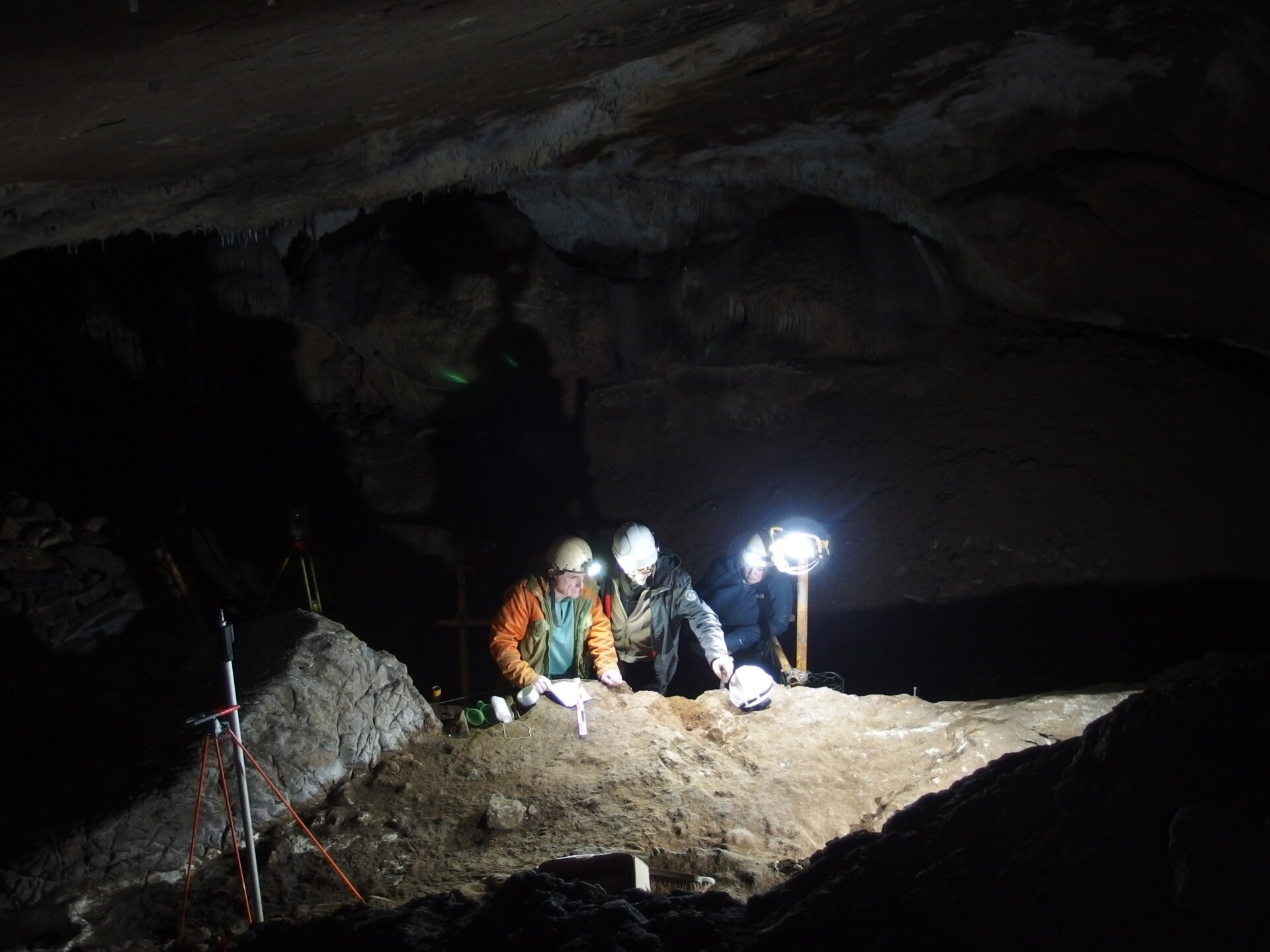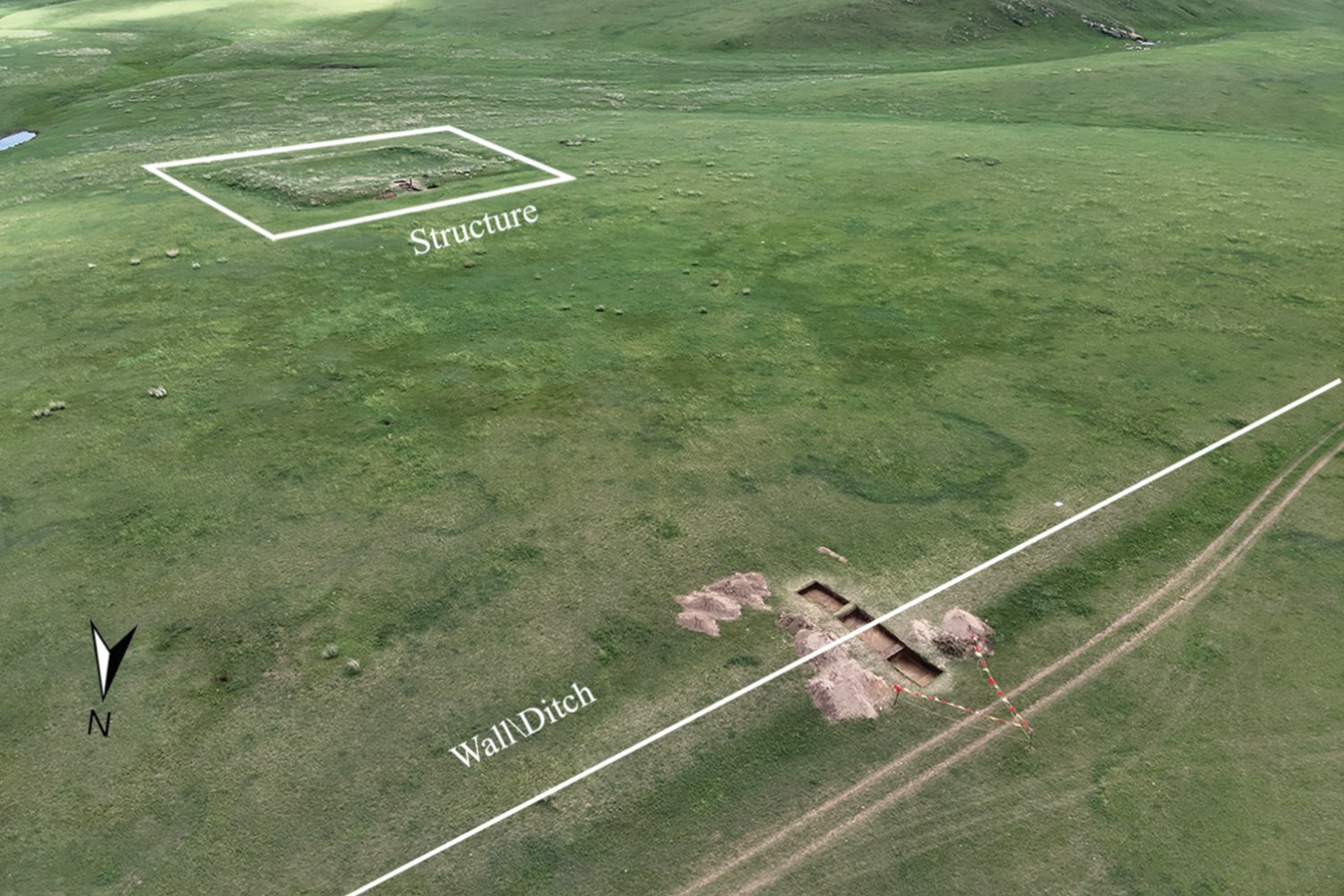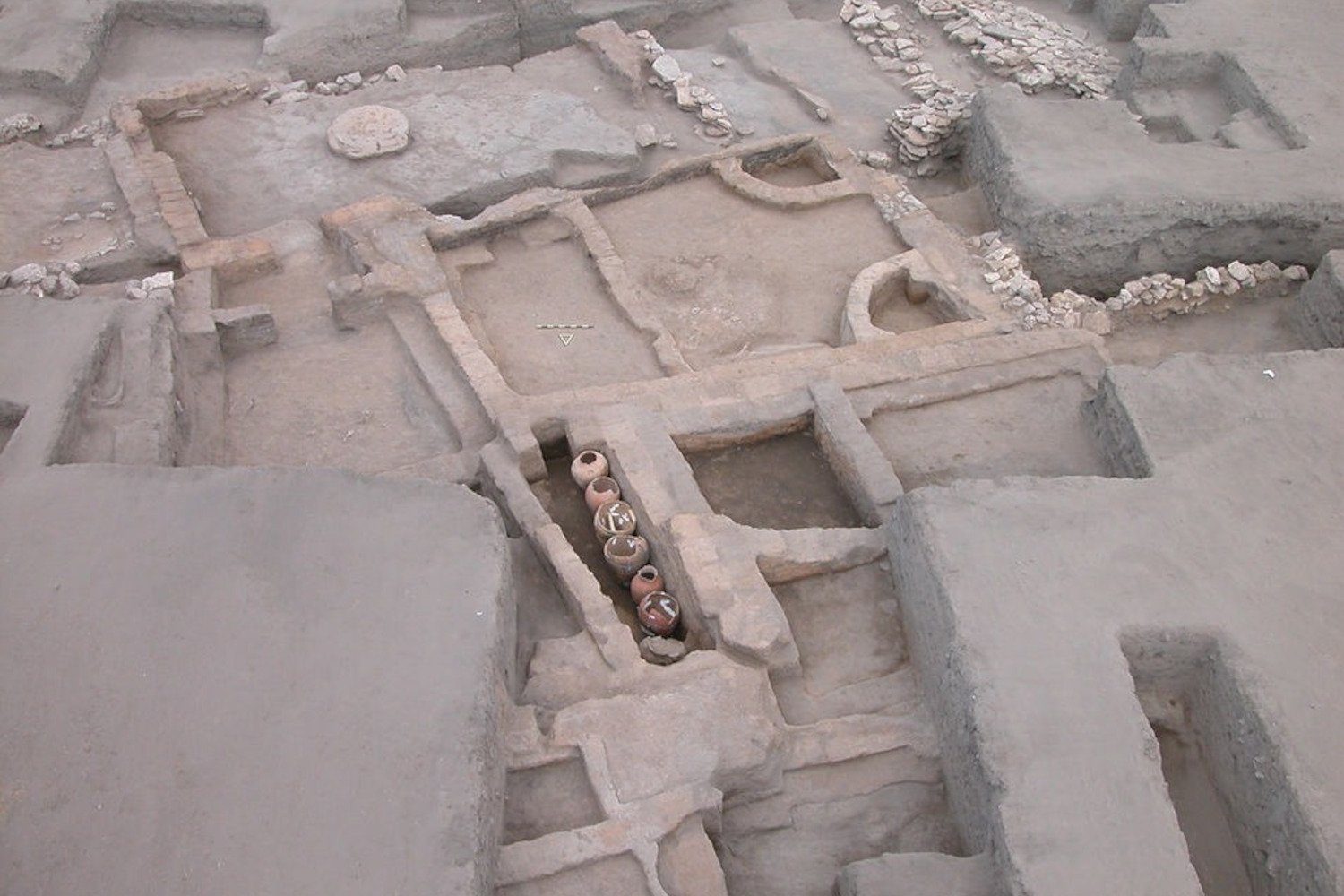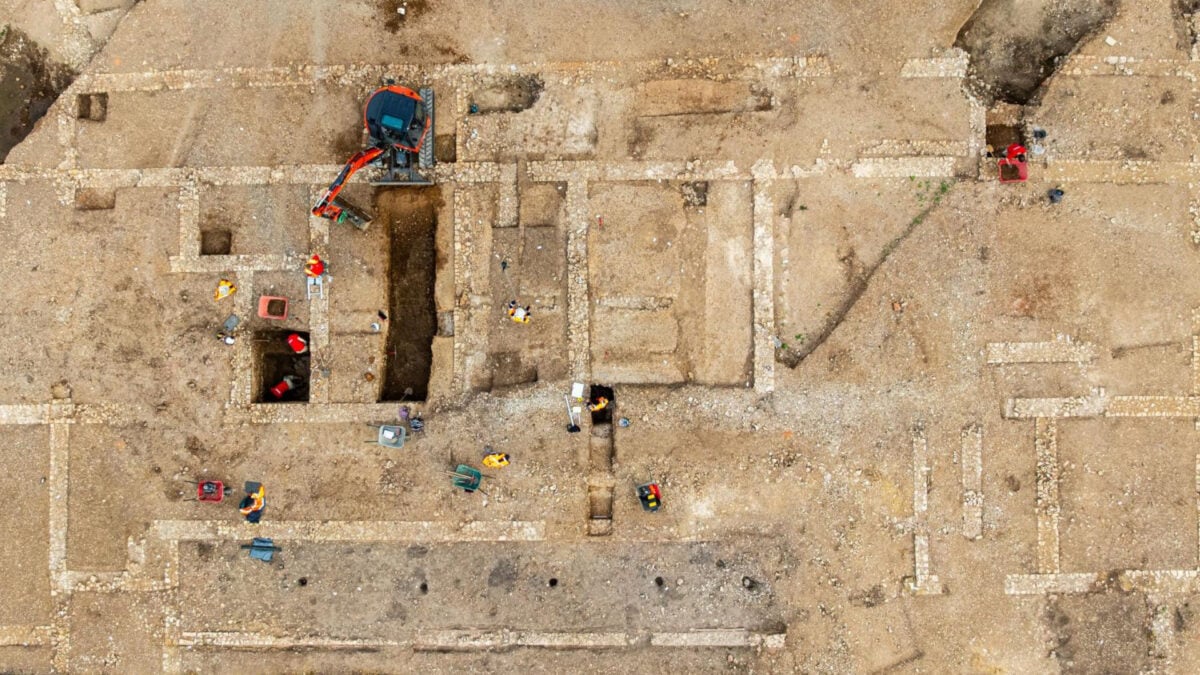Studying coastal prehistoric communities presents a significant challenge, as ancient coastlines have largely vanished due to erosion and sea-level changes. However, recent discoveries of whale bone tools offer an indirect yet valuable window into these lost worlds, revealing human activity dating back approximately 20,000 years.
Unearthing 20,000-Year-Old Coastal Technologies
Researchers in France and Spain have unearthed whale bone tools and fragments, with the oldest specimens radiocarbon-dated to 19,000-20,000 years ago, marking early evidence of human whale utilization. Prehistoric coastal sites are often lost to erosion or submersion. These ancient tools, indicative of coastal human presence, thus offer a vital means to study prehistoric human-marine interactions and ancient whale ecology despite vanished shorelines.
Deciphering Prehistoric Life: Methods and Discoveries
A collaborative team from The Autonomous University of Barcelona, the French National Centre for Scientific Research, and the University of Vienna meticulously analyzed 83 human-modified bone objects and 90 unworked bone fragments showing signs of human processing. As highlighted in their study published in Nature Communications, radiocarbon dating confirmed the antiquity of these artifacts. Furthermore, mass spectrometry identified the whale species involved, including blue, fin, sperm, right or bowhead, and gray whales. While gray whales are now primarily found in the North Pacific and Arctic, the other species still frequent the Bay of Biscay. The analysis also intriguingly suggests that these prehistoric whales had slightly different feeding patterns than their modern descendants.
 Archaeologists carefully excavating prehistoric whale bone artifacts in a Basque cave, France.
Archaeologists carefully excavating prehistoric whale bone artifacts in a Basque cave, France.
Reconstructing Ancient Marine Ecosystems and Human Behavior
Historically, whales were a vital resource for coastal groups, including hunter-gatherers, acquired through scavenging or hunting. The study notes that although Paleolithic seashores are inaccessible, these inland whale bones “open a unique window into whale ecology.” They provide crucial data on northeastern Atlantic marine environments of that era and illuminate the timing and nature of human utilization of these marine mammals.
This research significantly advances our understanding of prehistoric coastal technologies and the longstanding relationship between humans and whales. These 20,000-year-old whale bone tools not only highlight early human ingenuity but also offer critical insights into the marine ecosystems that supported them.











